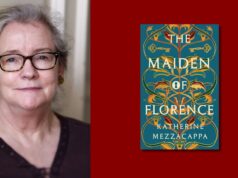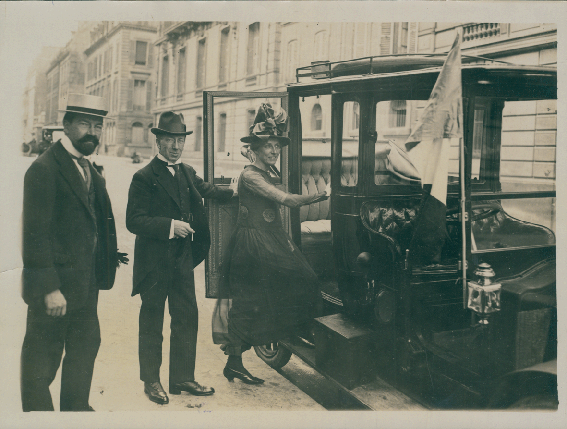
Ireland has the unusual distinction of having had a foreign policy and a diplomatic service before there was an internationally recognised independent Irish state. The roots of both lie in the turmoil of the Irish revolution and the remoulding of the international order in the aftermath of the First World War. The origins of the modern Department of Foreign Affairs and Trade lie in the Ministry of Foreign Affairs established as one of the first four government departments of the first Dáil Éireann in January 1919. Since before the Easter Rising of 1916 republicans had anticipated Ireland making a claim for the recognition of its independence at a post-First World War peace conference, and the new foreign affairs ministry was intended to do that. Thus, a mission was established in Paris.
Despite the best efforts of the independence movement, however, the Irish Free State that legally came into existence in December 1922 was a dominion within the British Commonwealth. As a result of Britain’s partition of Ireland in 1920 and the creation of Northern Ireland, the Irish Free State comprised only 26 of Ireland’s 32 counties.
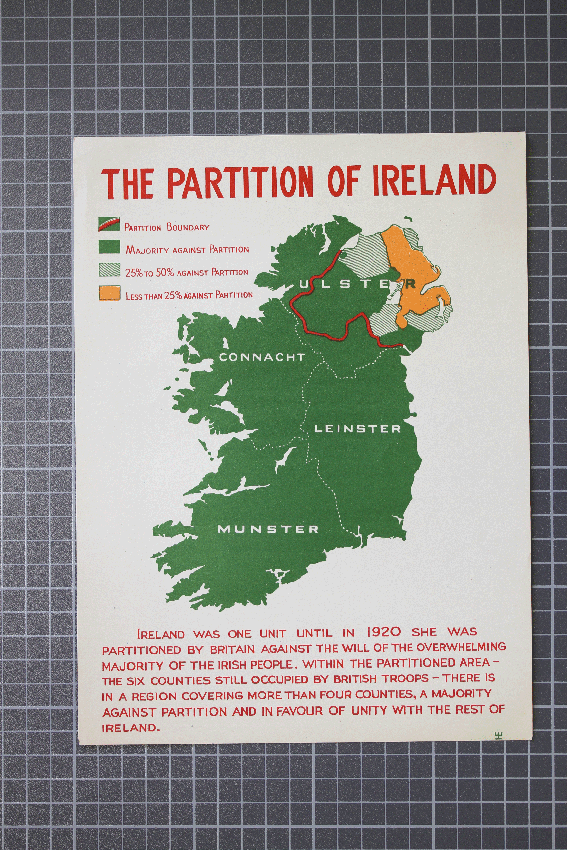
Independent Ireland sought to carve out an international identity; nevertheless, a key theme that ran through the first three decades of Irish independence was the British-Irish relationship, and the efforts of successive Irish governments to build upon the measure of sovereignty obtained in 1922 against the unstable backdrop of the interwar period.
The Second World War—the ‘Emergency’—was, and remains, the greatest international challenge faced by independent Ireland. The state sought to navigate a path between the belligerent powers, ensuring in the process that neutrality would become enshrined as a core principle of Irish foreign policy. The post-war era brought attempts to grapple with new realities, along with efforts to highlight the partition of Ireland to an international audience preoccupied with the Cold War; ‘cultural’ diplomacy increasingly became part of the state’s diplomatic repertoire. The change of government in 1948 opened the door to the severing of Ireland’s remaining links to the Commonwealth, and, in April 1949, brought the declaration of Ireland as a republic.
Yet Ireland remained relatively isolated internationally in the first decade of the Cold War. This would change from 1955 onwards, however, following admission to the United Nations. With increased involvement in the UN—such as participation in peacekeeping missions and service on the Security Council at times of great international tension—and the expansion of Ireland’s diplomatic footprint into Asia, the 1950s and 1960s could be seen to mark a shift from Ireland’s traditional focus on the Anglo-American axis.
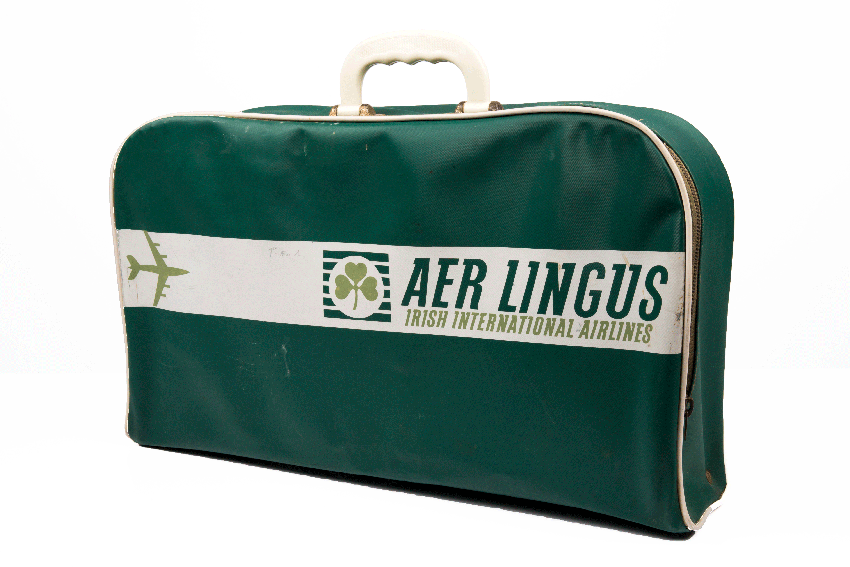
By the early 1970s, however, three developments had redefined the scope of Ireland’s foreign policy: an official commitment to overseas aid; membership of the European Economic Community (the forerunner of the modern European Union); and the outbreak of conflict—the ‘Troubles’—in Northern Ireland in 1969, which brought Anglo-Irish relations back to the fore. After 50 years of independence, the key preoccupations of Ireland’s foreign policy were redefined in the 1970s, with a renewed emphasis on multilateralism, in particular via the United Nations; attempts at brokering a peace settlement on the island of Ireland; a commitment to the provision of aid to developing countries; and a commitment to the long-term project of European integration. In the twenty-first century, these remain core planks of Ireland’s foreign policy.
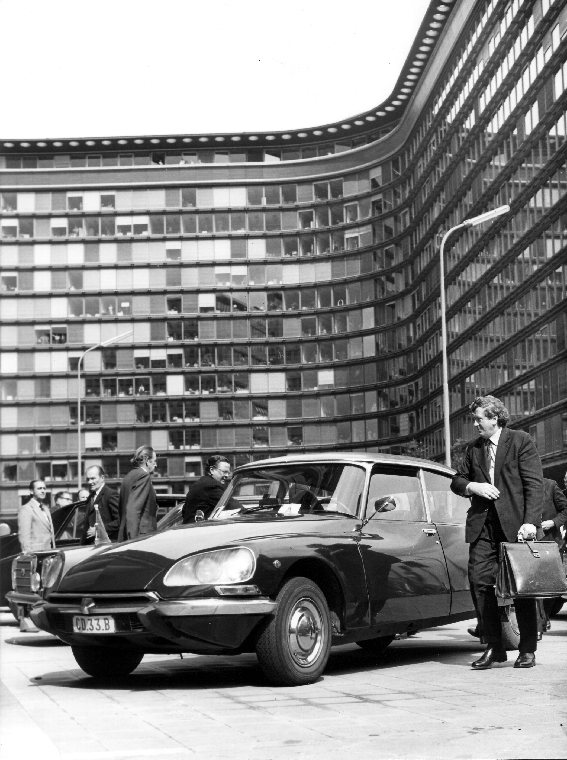
Ireland: a voice among the nations examines how a small European state has, in the century since its foundation, engaged with the wider world. It is conceived of as a history of Irish foreign policy, presented through text and images, rather than as an institutional history of the Department of Foreign Affairs and Trade and its predecessors (though the two obviously go hand in hand). It takes a broadly chronological approach, with some key themes ranging more widely over time. Yet the book is also intended to be a visual essay, in which the diverse range of images and documents reproduced reveal the story of Ireland’s engagement with the world since independence. In short, Ireland: a voice among the nations explores, in a broad sense, how Irish diplomats and politicians responded to the challenges presented by the upheavals of the twentieth century and beyond, from the Paris peace conference of 1919 to the globalisation of the twenty-first century.
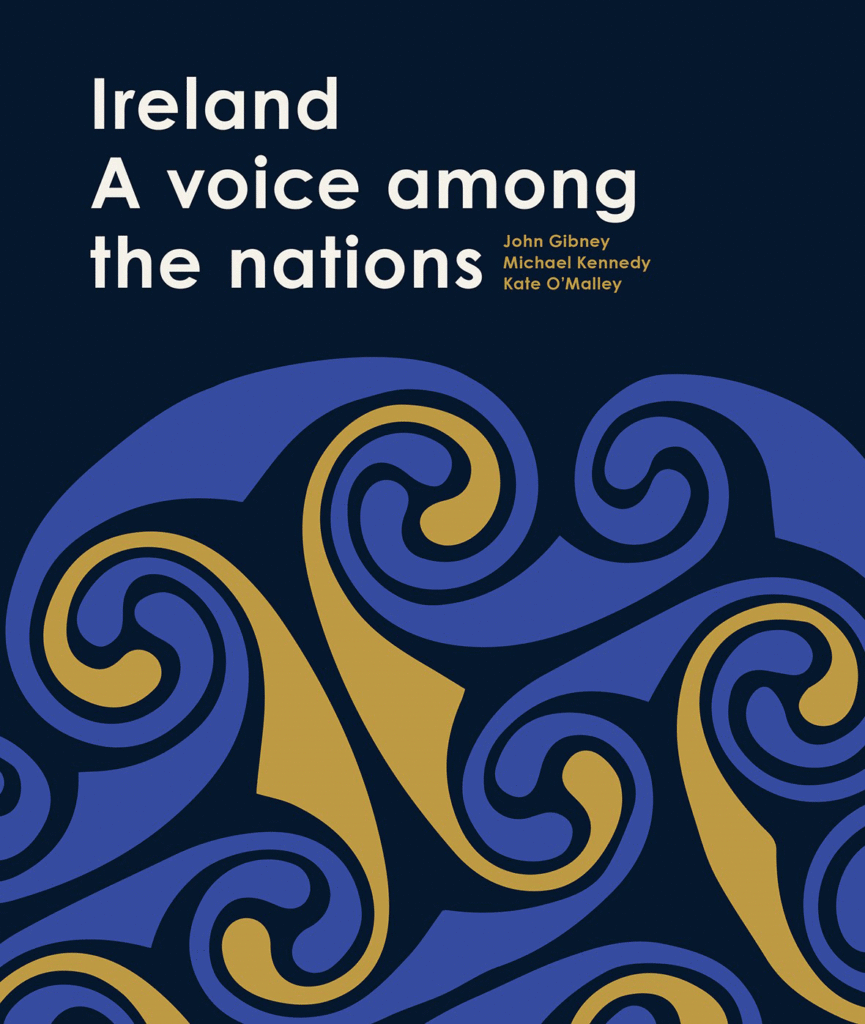
This is an edited extract from John Gibney, Michael Kennedy and Kate O’Malley, Ireland: a voice among the nations, available now.









